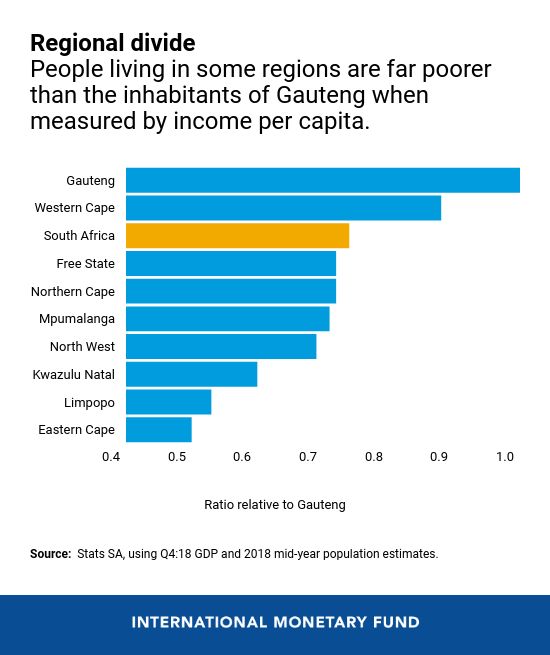Cape Town is known for its lavish lifestyle, and new data has revealed the Mother City is the country’s second-highest GDP contributor. The data was published by the International Monetary Fund (IMF), and was compiled to highlight South Africa’s wealth issues.
The Fund specifically highlighted the financial disparities across South Africa’s nine provinces.
The IMF’s data reflects that Gauteng’s income per capita – which is largely generated in Johannesburg and Pretoria – is twice as high as more rural provinces such as Limpopo or the Eastern Cape.
Cape Town is the second-highest income per capita earner, and this helps those who live here live as comfortably as they do despite parallels being drawn in the disparity between salaries here and in Gauteng.

“With growth stagnating over the past decade, the economy has not created enough jobs to absorb the unemployed and new entrants to the labour market,” the Fund said. “Broad-based growth that generates more low-skilled jobs for the unemployed will support inequality reduction.”
The unemployment rate in the country also plays a major role in the levels of inequality, the IMF stipulates.
“South Africa’s unemployment rate is significantly higher than in other emerging markets, with youth unemployment exceeding 50%. Creating more low-skilled jobs to improve labor force participation, especially in the poorest provinces, will spur inclusion,” it said. “Employment prospects can be enhanced by improving the quality of education and facilitating affordable transportation to job centres.”
The IMF has also added that it believes SA will need many fundamental reforms for more robust and inclusive growth.
“This requires improved governance, reducing the cost of doing business, making goods and services markets more open to competition, allowing firms to compensate workers in line with their skills and productivity, and making state-owned service providers more efficient,” it said. “Policies will also be needed to create opportunities to support the marginalized population through improved quality of education, health, and transportation.”
Picture: Pixabay

